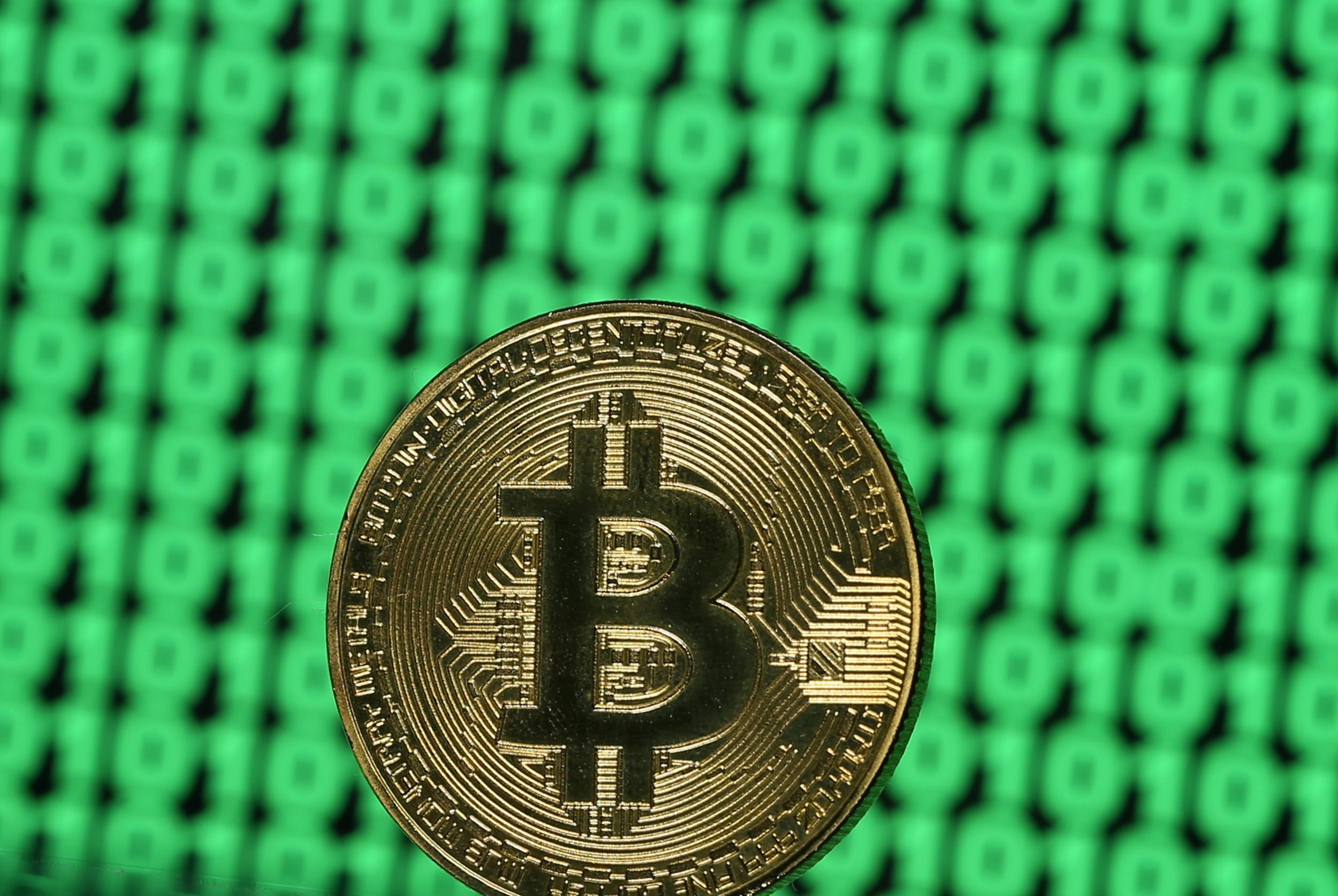Use Case: How airlines are using blockchain to unlock frequent flier miles | The Independent
(independent.co.uk)
Airlines are using blockchain to provide passengers with fast-track access to their accumulated loyalty points, says Paul Sillers
- 13 hours ago
Who doesn’t have a small pile of unused airline loyalty points in a frequent flyer account? If you fly occasionally for leisure, chances are you haven’t earned enough points to do anything meaningful with them, like buying an actual flight ticket.Plus, there are the laborious redemption processes, some with convoluted restrictions.
The answer could be blockchain – the technology behind bitcoin and other cryptocurrencies – which operates as a “distributed ledger”. With blockchain, airlines will be able to interact instantaneously with their partners and enable passengers to do something useful with those points.
What blockchain does that current systems cannot was recently highlighted in a “Blockchain in Aviation” white paper published in August by the International Air Transport Association, which said that blockchain has the capability to “tokenise” frequent flyer miles.
That’s the essence of the blockchain benefit to airlines. For passengers, this “tokenisation” of points means that rather than languishing unused or forgotten, the passenger’s frequent flyer points become more of a portable and accessible asset.
And the biggest potential of blockchain for travellers who want to redeem their points is that the companies offering goods and services in exchange for those points no longer need to be deeply entrenched into the airline’s booking system.Watch more
 Apple co-founder hails blockchain as ‘next major IT revolution’In July, Singapore Airlines became the world’s first carrier to launch a “blockchain-based airline loyalty digital wallet capability” called KrisPay to “help unlock the value of KrisFlyer miles to enable everyday spending at retail partners”.
Apple co-founder hails blockchain as ‘next major IT revolution’In July, Singapore Airlines became the world’s first carrier to launch a “blockchain-based airline loyalty digital wallet capability” called KrisPay to “help unlock the value of KrisFlyer miles to enable everyday spending at retail partners”.The secret behind this leveraging of blockchain is new technology developed in a proof-of-concept exercise, which the airline carried out in collaboration with KPMG Digital Village and Microsoft.
“With the blockchain-based digital wallet, it is a straightforward process for participating merchants to connect with the program and for customers to make purchases with their tokenised miles,” said Jan Reinmueller, head of KPMG’s Digital Village in Singapore.
“The blockchain provides a distributed ledger that time-stamps every customer transaction in real-time, which provides significant cost and time efficiencies.”

By downloading the KrisPay app, members can convert their KrisFlyer miles into KrisPay miles using the app’s instant top-up function. To make purchases, members scan the KrisPay QR code at the merchant and key in the amount they wish to pay with KrisPay miles. Eighteen merchants spanning beauty services, food and beverage, petrol and retail are already accessible and more merchants will be progressively added in the coming months.
Even if you’ve only got a few points in your account, the system “will allow members to choose from using as little as 15 KrisPay miles (equivalent to about S$0.10) to pay for their purchases at partner merchants”, says Singapore Airlines CEO Goh Choon Phong.Industry insiders are enthusiastic.
According to Sherry Stein, senior manager, projects and innovation at aviation IT provider Sita, the appeal of blockchain-based airline loyalty programmes is the “ability to provide travellers with instant access to their points while reducing the chances of fraud or dispute”.
“If you want to cash in your miles on car rental, for example, blockchain allows transactions to happen seamlessly and instantly, updating all the stakeholders without dependency on offline review and reconciliation processes,” says Stein. “The key rationale for loyalty programmes is to help airlines provide differentiated value or experience that improves customer retention.
When we look at technologies that can help, blockchain is a perfect fit and the reason why we’re looking closely at how to leverage its many benefits”.Support free-thinking journalism and subscribe to Independent MindsAnother industry perspective on this comes from Rashesh Jethi, head of innovation at Amadeus, a company that provides airline ticket booking infrastructure.
Jethi sees blockchain opening up a new world where points can be redeemed with smaller partners, rather than big international brands. “If you have a blockchain based system, smaller and local partners could become part of the platform and offer their products and services and allow consumers to redeem the points.”
Jethi gives the example of a flight from London to San Francisco, where a passenger might want to visit Napa or Yosemite Park, but not enough miles to pay for a flight.“What if you could redeem those points for a day-trip to the vineyards in Napa,” says Jethi. “But excursions are usually operated by smaller outfits, they’re not normally going to show up on any standardised airline loyalty platform.
However, if airlines were able to enable smaller and local providers to join the programme – by using blockchain – then you could redeem your points and that would be very positive for all involved.”
Singapore Airlines may have first mover advantage with KrisPay, but other airlines are catching up.
In May, Cathay Pacific and its reward programme, Asia Miles, launched a blockchain-powered “Unlock More Miles” campaign. The campaign is a dining promotion in Hong Kong where Asia Miles were credited the following day.
On the heels of Singapore and Cathay, Air New Zealand revealed that it was looking at uses for blockchain, including baggage tracking, retail and its loyalty programme. And in Europe, Lufthansa has teamed up with SAP to launch an “Aviation Blockchain Challenge”, encouraging startups to pitch ideas around using blockchain to do things like book flights.
As for what UK airlines might be up to with their plans for frequent flyer blockchain-based programmes – for the time being it’s a case of watch this space.




